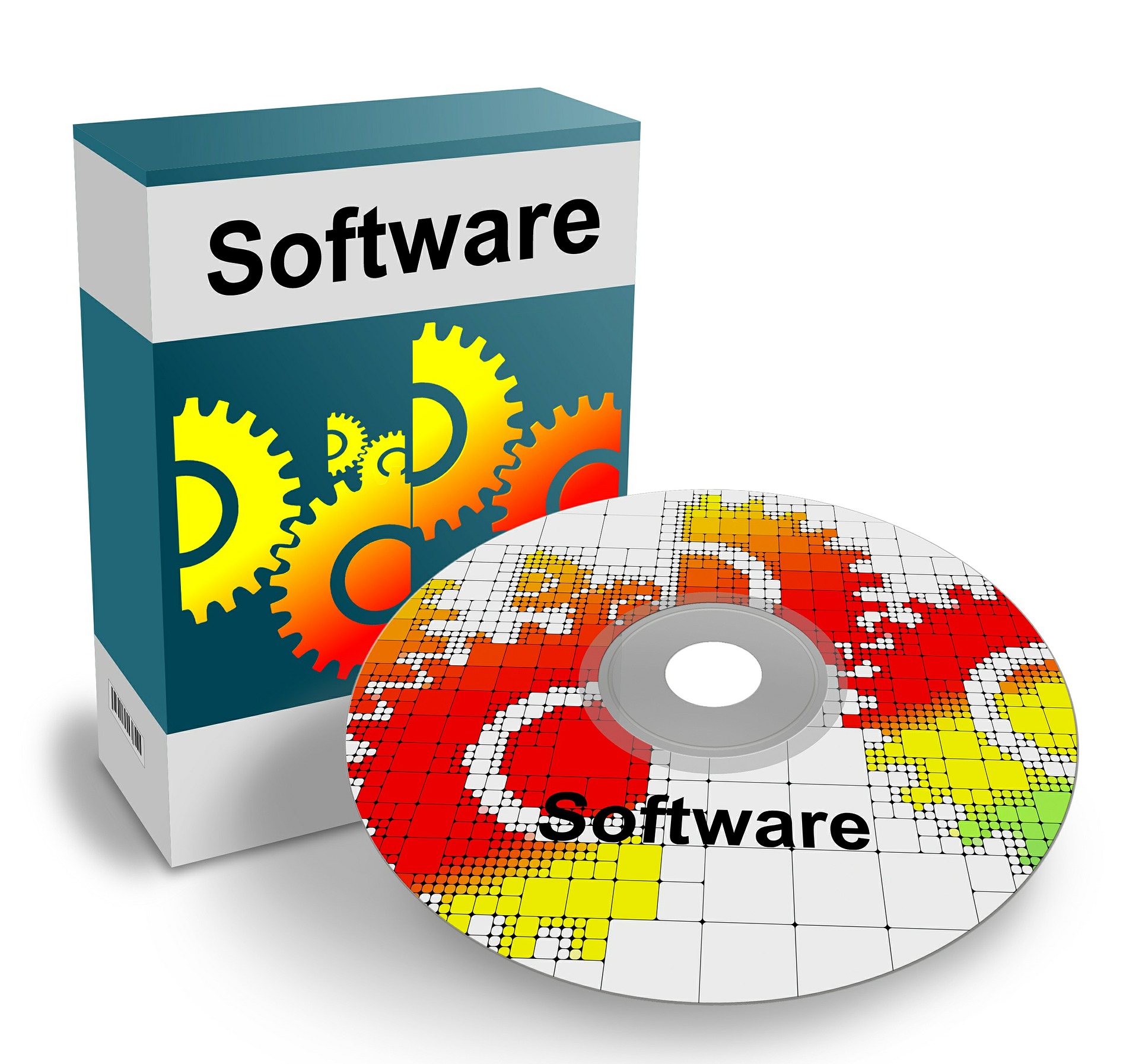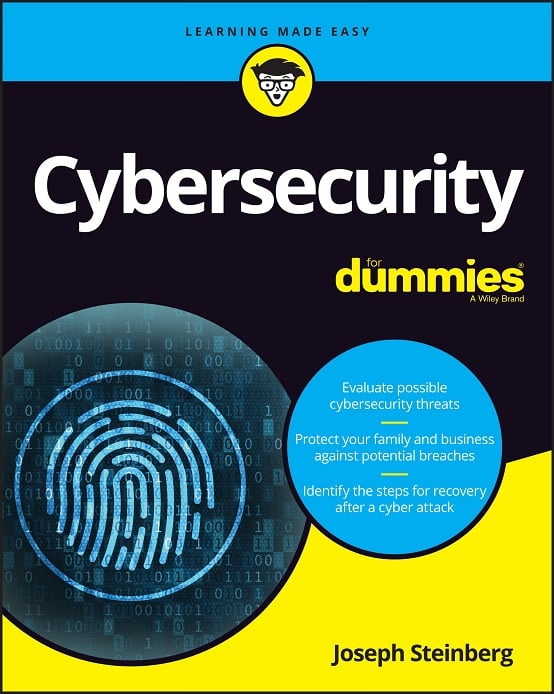Why You Should Not Use Software That Is No Longer Supported
Recently, I visited an office in which some computers were running Windows XP, which Microsoft stopped supporting three years ago. In fact, according to NetMarketShare, over 6 percent of all computers still run XP. And, as I discussed in an earlier article, the government even has decades-old systems in place managing critical functions.
Using old, unsupported software, however, can pose several serious problems about which everyone should be aware:
Questions may be left unanswered.
If you experience an issue with the software, you may not be able to have it addressed, and any question you have about its proper operation may be left unanswered. Besides creating technical issues, unanswered questions can lead to mistakes, which can impact functionality as well as security.
Vulnerabilities may be left unpatched.
Modern software is complicated, and, over time, various parties discover and report vulnerabilities to the software’s creators, who, in turn, create patches and other fixes. In essence, nearly all major modern software packages require periodic updates from their manufacturers in order to remain secure against criminals exploiting vulnerabilities. If a package is no longer supported, fixes may not be created even if vulnerabilities are discovered and reported, leading to a precarious situation for parties using such technology.
Conflicts and incompatibilities may be created with newer software packages or environments.
As time passes and other software packages are patched, updated, and upgraded, old software may create technical problems; it may be unable to interface with newer versions of other packages, or be unable to run altogether in environments running newer versions of operating systems.
Hardware may stop working.
It is not unheard of for older printers and other peripherals to stop working when computers are upgraded to newer operating systems; no-longer-supported drivers may not be updated as needed.
New functionality will not be added.
Features and functions — including some that you may desire because of the proliferation of newer technology with which you’d like the older software to interact — will likely not be added to the unsupported software.
Of course, there may be perfectly acceptable reasons for using unsupported software. But those who make the decision to do so should be making an informed decision after understanding the risks.













 CyberSecurity for Dummies is now available at special discounted pricing on Amazon.
Give the gift of cybersecurity to a loved one.
CyberSecurity for Dummies is now available at special discounted pricing on Amazon.
Give the gift of cybersecurity to a loved one.